Sandtimer
... while the mechanical clock started its victorious career in terms of time measurement, the sand or hour clock was at first a serious competitor. There were rumours that the sand clock was already seen in Frankonia in the 8th century, however the first portrayal of this time meter appeared in a fresco from the years 1337 - 39 in Siena, the first description in Francesco Barberino's "Documenti d'Amore" probably in 1313. Basically sand clocks were more precise than water clocks as people found out that the dynamic of this clock doesn't depend on the height of the sand if the conic form of the glasses had the right angle. They also used no sand but finely grinded eggshells as these guaranteed a regular flow. This is why the hourglasses are called till today egg clocks in the vernacular. Sand clocks were cheap, quiet and reliable competitors and were due to their characteristics used broadly in many areas of life, for example on ships. They were also used in many tower rooms where they took over the patrol control and and reminded the guardians to ring the bell at regular intervals. They were especially seen in the rooms and on the pulpit of religious instiutions: The call; "Brother, to another glass" is not based on the drinking habits of the monks, but on the turning of the clock , which "rang" to announce a sermon sequel. In this sense the sand clock donated apart from mesurable time units also order and discipline. Clergyman, men of letters and business people advised the sand clock as a mean for restricion and selfcontrol, as suspicion was already rising "that idle hands were doing damage"...

Production program
Sandtimers
Sandtimers
We produce for you in Steinach / Thuringia under the trademark Lauschaer Glaskunst ® according to the latest technologies in the German tradition of craft hourglasses and hourglass bodies.
- From a period of 1 minute to 24 hours
- In different individual sizes and shapes on the intended use of tailored
- For AR or Duran glass tubes from Schott Glass, Colored Lauschaer
- In a number of attractive wooden racks from a variety of woods
- Embedded in acrylic
- Hourglass body as a supplier products
- Sauna watches
- Special or unique models are available on request
- Delivery will be made to wholesalers and retailers in Germany, Europe and around the World
- Onlineshop
Produktgalerie

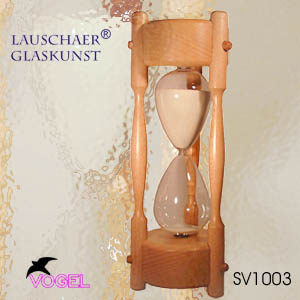
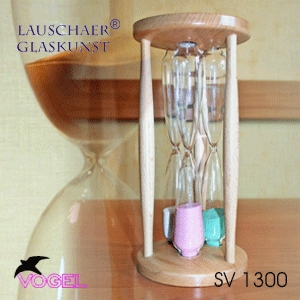
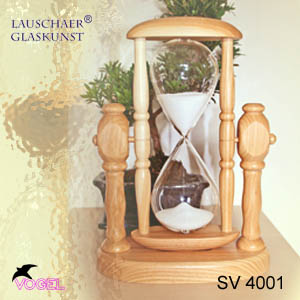
simply
modern
cuorios
nostalgic
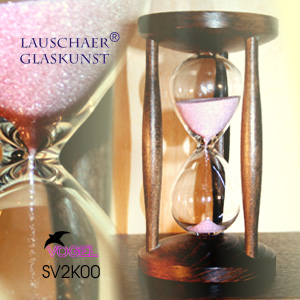
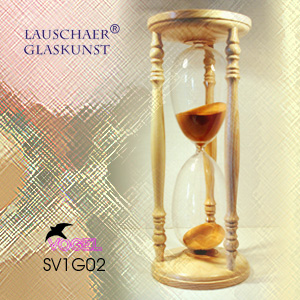

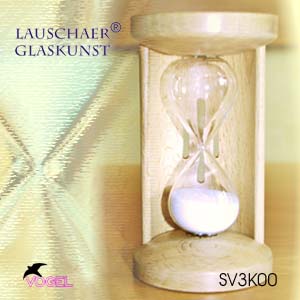
little
big
beautiful
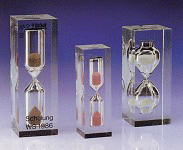

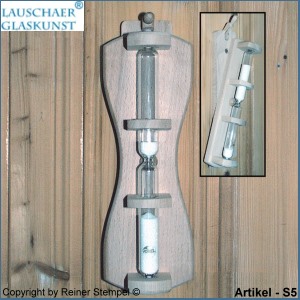
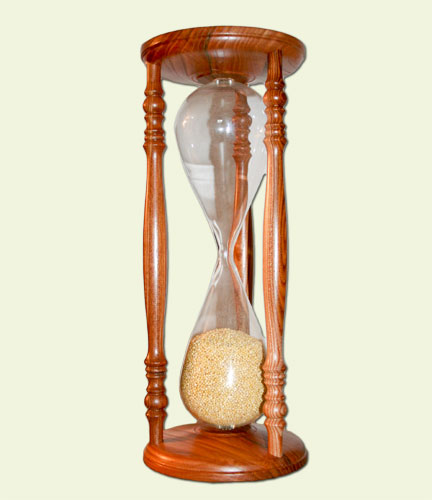
embedded
naked
filled with grain
exceptionally
Sauna watches